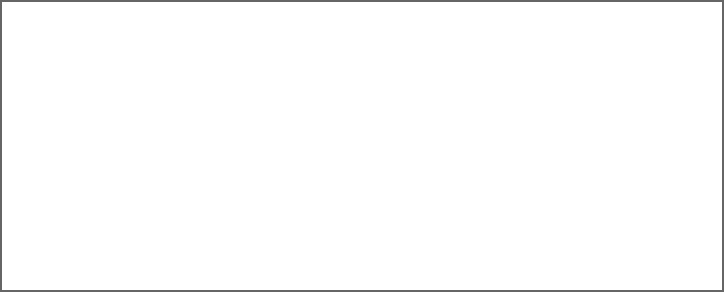
“...A rather isolated, theoretically well equipped artist of the mid-nineties is Marianne Csáky. Her work is based on the deconstructive analysis of the body and bodily relations, taboos and fossilized clichés connected to the body. Her works occupy a unique and extreme place in the Hungarian art scene. She is the link between the cool and analytic attitude of the eighties with its ideological, socially critical and semiotic terms, and the more sensual, personal, softer attitude of the nineties. She too depicts the real, physical body – in the spirit of the nineties that breaks the “body embargo”– moreover, she follows the realistic tradition of representing the body. But by depriving the nudes of their eroticism – along with related illusions – her representations of homosexual and heterosexual intercourse make a break with affected high art traditions and taboos attached to the depiction of nudity. With their crude and unmasked naturalism, brutal physicality, these works draw on the forbidden areas of pornography. At the same time she rejects the well calculated media strategies aiming to satisfy erotic needs, desires to seduce, sensual lust, illusions and consumption that originated from high art and filtered down to popular culture as well. Taking off the mask of the bucolic idyll and naive innocence, she revises the idea of the “clear source” when she mixes the elements of folk-art (wood-carving, Hinterglassmalerei) with their urban mutations, graffitis, themes of rest room drawings, premier plan pictures of sexual intercourse, sexual organs, and she does all these with appropriating the methods of traditional naturalistic depiction. By the eighties, the search for a new language and expressions of art in the field that is considered in this study, is internationally replaced by an appropriation and revision of the existing language and ways of representation, and by its deconstruction inside the mimicry, that is by querying and invalidating earlier axiomatic meanings. Csáky reveals man’s unrestrained, dark – or so considered – instincts in a detached way, with dry precision, shaking off the cultural polarities (human versus animal, conscious versus instinctive, controlled versus unrestrained) and gender-borders (homosexuality, pornographic elements used by women). In the course of all these, besides undermining the hierarchy of the genres, she also destroys certain illusions along with the borders between high art, popular art and folk-art. |